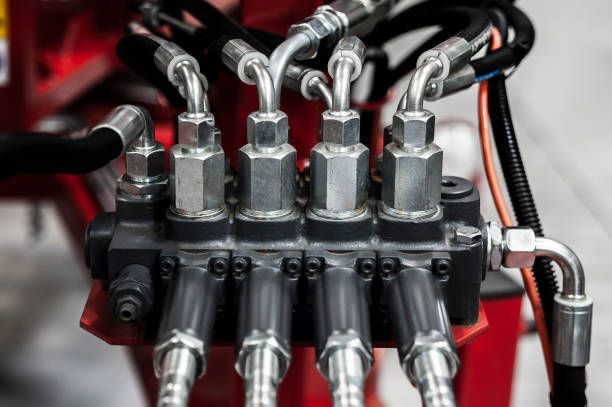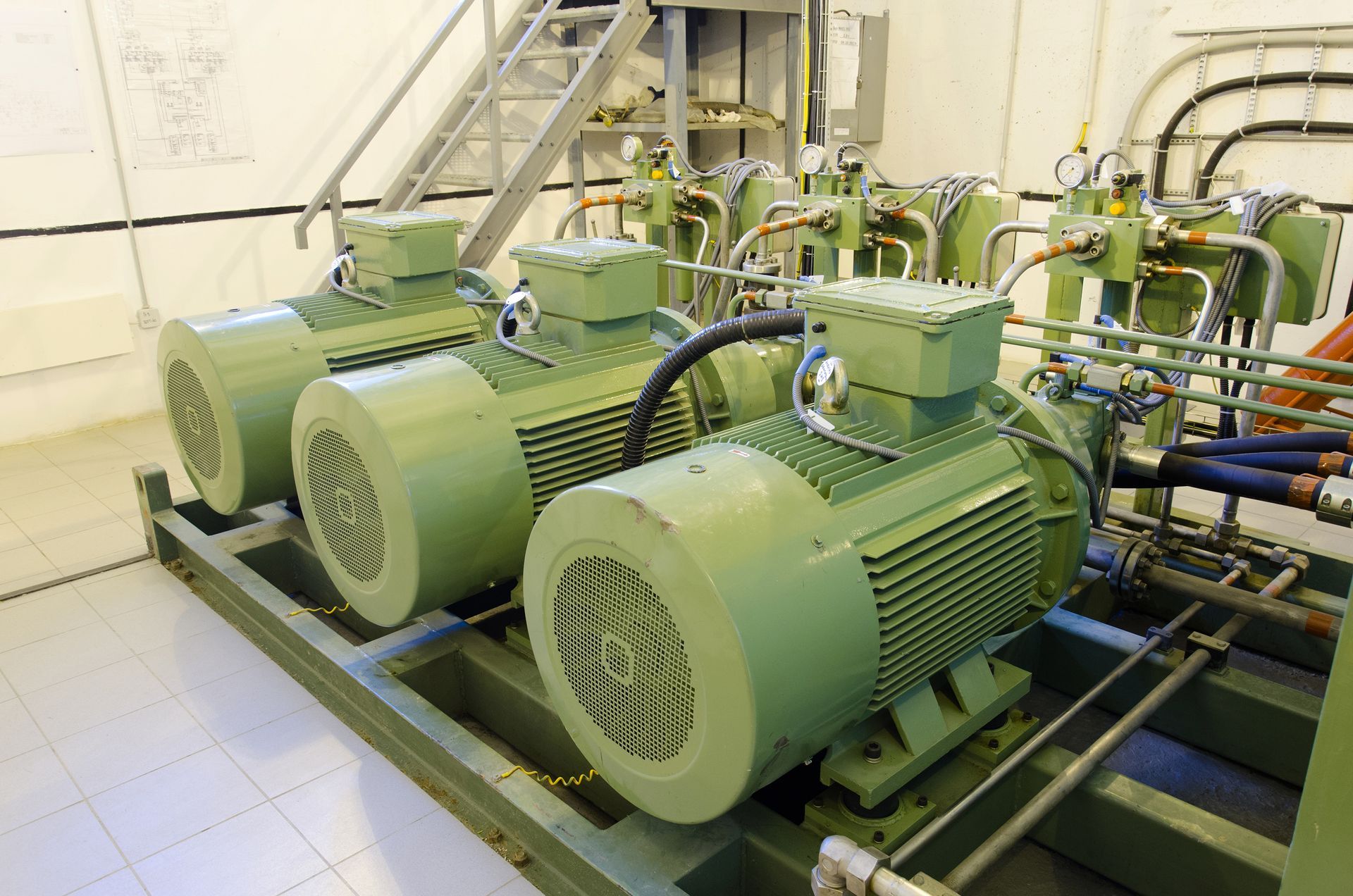4 Ways Hydraulic Pumps Have Changed Over the Years
Admin • June 11, 2018
Think about how heavy lifting first began, and it is much easier to appreciate how hydraulics changed processes like construction and mechanical engineering. Consider the ancient Egyptians
who left behind a wall painting depicting 172 men pulling a statue across the sand because they had no powerful equipment to handle the heavy lifting of the task at hand.
When hydraulic presses first emerged in 1765, it gave way to the production of cranes and other types of presses. Over the years, hydraulic systems have revolutionized how equipment functions, but the engineering of these pumps is an ever-changing thing. Check out some of the ways hydraulic pumps have changed over the years to become what they are now.
Drastically Increased Power Capacities
Fluid power can generate as much as ten times the power of the average electric motor, which is an astonishing fact in itself. Through the years, however, engineers of hydraulic pumps and presses have learned how to harness even more energy from the basic hydraulic ideas.
Modern machines with hydraulic pumps harness every ounce of power to lift massive objects that would otherwise be impossible to move with a single piece of equipment. The evolution of the newest design innovations boosts efficiency in many industries.
Higher Levels of Functional Reliability
One of the greatest advancements in hydraulic engineering is the increased levels of reliability with modern designs. In the beginning, hydraulic systems were hard to maintain and sometimes so unreliable that a technician had to remain on site to perform repairs as needed during projects. Designs have changed, and better understanding has changed this a great deal.
Improved filtration of hydraulic oil, a greater understanding of the relationship between properly filtered oil and reliability, and improved diagnostic techniques have allowed hydraulic machines to run much more smoothly. Hydraulic systems are more reliable because the quality of the oil itself has changed, with more focus during manufacturing to the purity of the product.
Overall Lightweight System and Pump Designs
Hydraulic pumps, because they are filled with hydraulic fluid, are not typically a lightweight component. To get the greatest power supplication for some lifts, multiple pumps are used on some pieces of equipment. Unfortunately, this has led to issues in the past with too much weight on axles of certain pieces of equipment, especially since axle numbers are limited on some roads.
A few examples of equipment pieces that suffer from too much weight from the hydraulic pumps include:
- Trucks with a lift boom
- Cranes with an extended lift
- Earthmovers with a lift bed
The integration of materials like carbon fibers, which are fibers composed of atoms that have a lighter weight than most metals, keeps the overall build of a hydraulic pump at a lower weight. Inside of some smaller, lighter weight hydraulic pumps, carbon fibers bonded with lightweight plastics are secured around extremely thin steel sleeves of steel or other metals.
Enhanced Operational Control of Systems and Pumps
Electronic control and advances in technology have allowed for enhanced operational control of hydraulic pumps and equipment. The person operating a large piece of equipment with a lift, for example, can easier control the lift boom to precise accuracy. Before, controlling a hydraulic lift would be less precise, which made some processes harder to achieve.
Hydraulic pumps and systems have etched their way into mechanical engineering and they're likely going to stick around and continue to advance in form, efficiency, and design for the foreseeable future. If you would like to know more about modern hydraulic systems and how they have evolved through the years, contact us
at Quad Fluid Dynamics, Inc.
Hydraulic pumps are quickly becoming an industry standard in industrial machinery. Continue reading to learn about the benefits of hydraulic pumps.
Custom hydraulic systems are used across a multitude of different fields and functions. Read on to learn more about the endless possibilities.
Hydraulic pumps are important. Dive into the common causes of hydraulic pump failures and explore effective solutions to keep your systems running smoothly.
Follow this quick guide to learn some of the best methods for determining exactly what hydraulic part you need and how to access those parts quickly.
Like any other machinery, hydraulic pumps need routine servicing to function efficiently. Learn how to drain and clean your hydraulic pump's reservoir.
At the heart of hydraulic systems lies hydraulic fluid, a critical component that enables the transmission of force and motion. Read to learn more.
How should you decide when to rebuild or repair your hydraulic system? Read this blog to learn the differences between the restoration methods.



